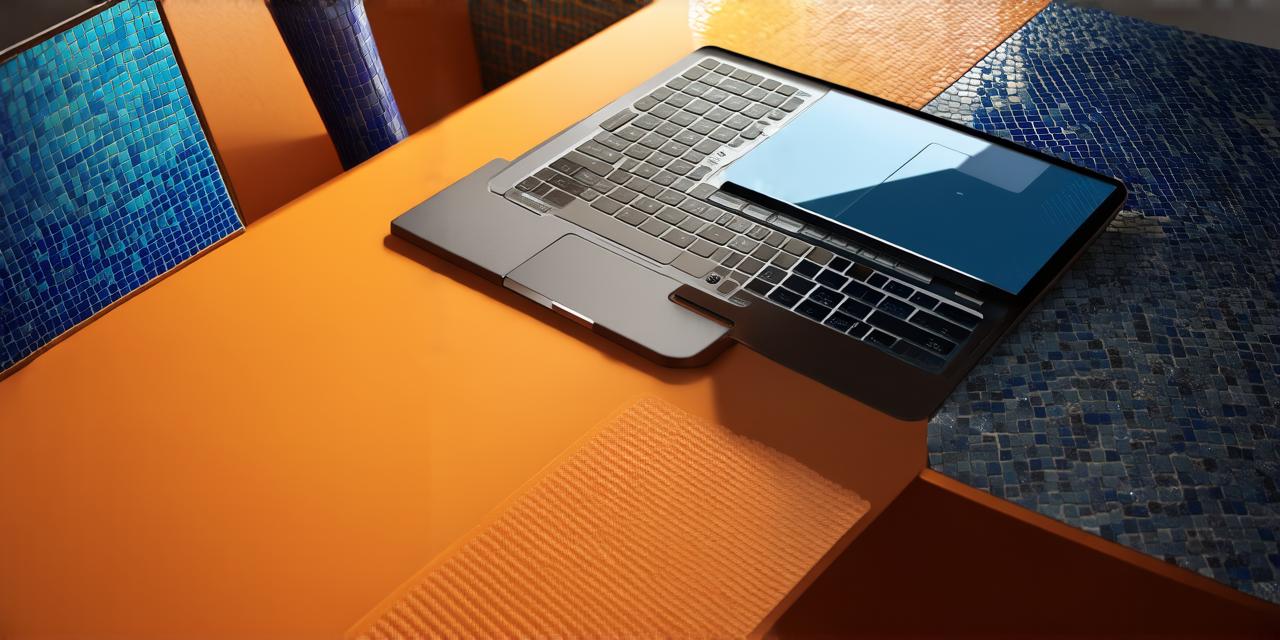A tile set is a collection of images or objects that can be used to create a larger image or object. In Unity, tile sets are often used to create textures for 2D games, such as floors, walls, and other background elements.
1. Create your tiles
The first step in creating a tile set is to create the individual tiles that will be used. These can be images or objects, depending on what you want to use as your tiles. It’s important to make sure that all of your tiles are the same size and have similar dimensions, so they will align properly when combined.
2. Arrange your tiles
Once you have created your tiles, you need to arrange them in a pattern to create your tile set. This can be done manually, by dragging and dropping your tiles in Unity’s scene view or in the project window. Or, you can use software such as Photoshop or GIMP to create a grid of tiles and then import it into Unity as an image file.
3. Create a texture from your tile set
To use your tile set in your game, you need to convert it into a texture that can be applied to objects in Unity. To do this, select all of the tiles in your tile set and drag them onto the “Texture” asset in Unity’s project window. This will create a new texture from your tiles, which you can then apply to objects in your scene view.
4. Apply your texture to objects
Now that you have created a texture from your tile set, you can apply it to objects in your game. To do this, select the object you want to apply the texture to and go to the “Renderer” component in Unity’s inspector window. In the “Material” field, select the texture you just created.
5. Adjust the scale of your tile set
Finally, you may need to adjust the scale of your tile set to make it fit properly in your game. To do this, go to Unity’s project window and find the “Tile Map” asset that was created from your tile set. In the “Tile Map” window, you can adjust the scale of your tiles and also preview how they will look when applied to objects in your scene view.
That’s it! You have now created a tile set in Unity and applied it to objects in your game. With these steps, you should be able to create a variety of textures for use in your 2D games.
